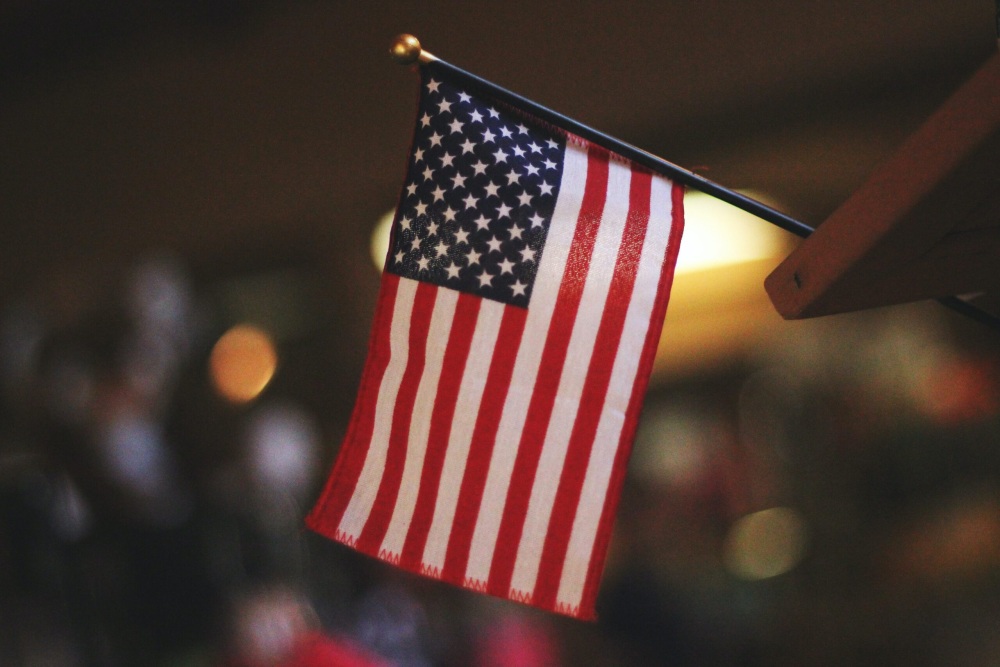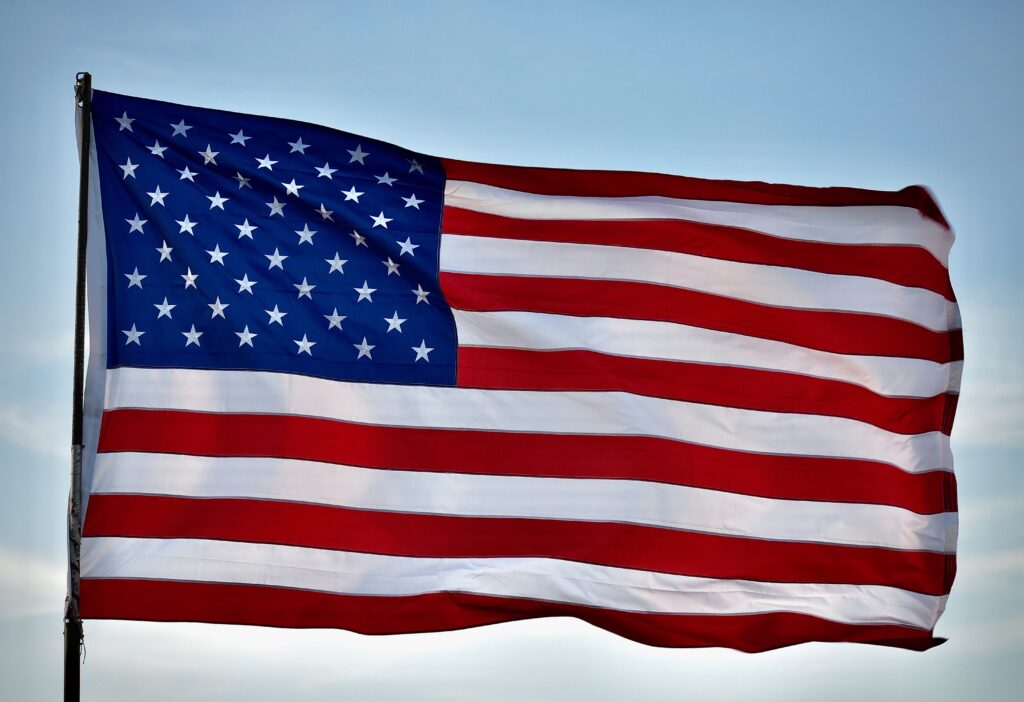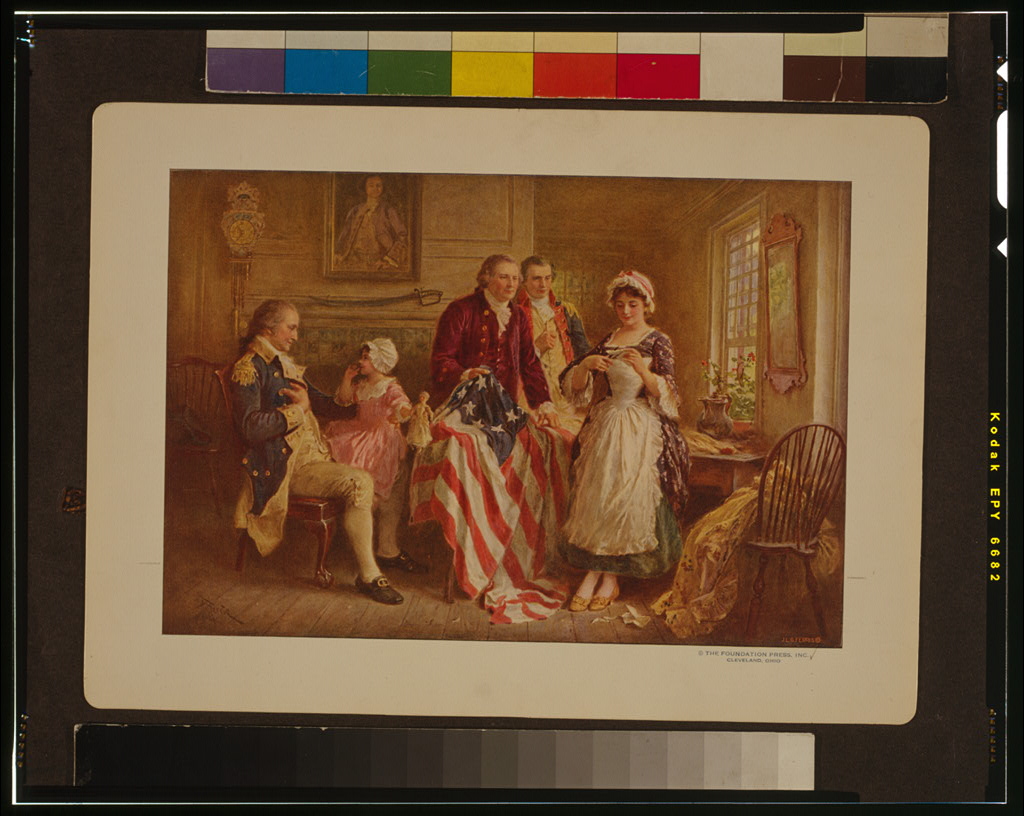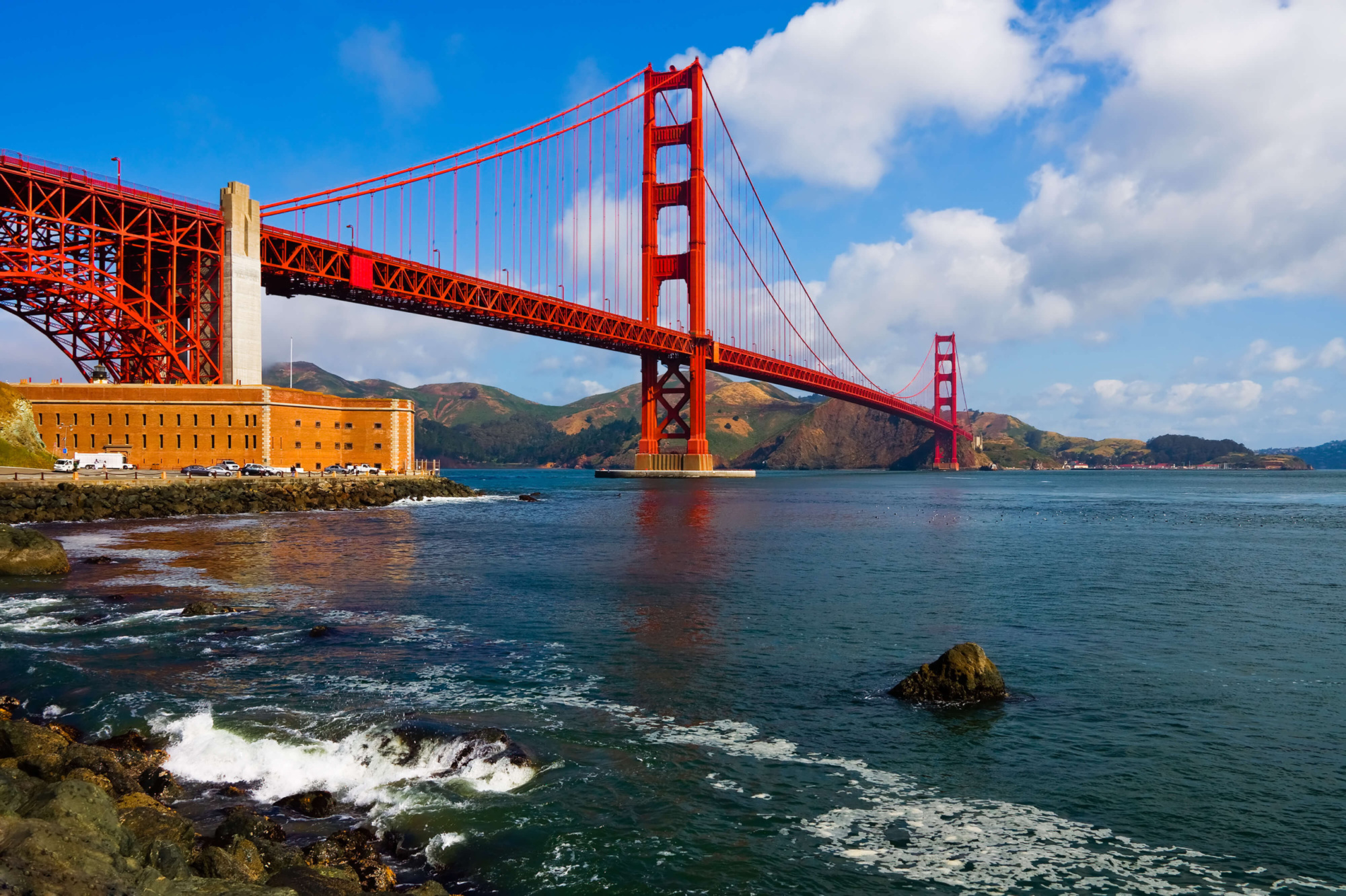

On June 14, 1777, the Second Continental Congress passed the Flag Resolution, stating “the flag of the United States be made of thirteen stripes, alternate red and white; that the union be thirteen stars, white in a blue field, representing a new Constellation.”
More than 130 years later, President Woodrow Wilson proclaimed June 14, 1916 as Flag Day. As did President Calvin Coolidge in 1927. It was officially declared a national holiday in 1949 when it was passed by Congress and signed into law by President Harry Truman. Although it is not a federal holiday, Flag Day is celebrated annually across the country. In honor of the red, white and blue, here are some facts about the stars and stripes you may not have known.

A 17-year-old student from Ohio designed the current American flag
In 1958, with Alaska and Hawaii likely to become states, Bob Heft decided to design a 50-star flag for a history project during his junior year of high school. Heft cut up his parents’ 48-star flag and borrowed his mother’s sewing machine to create his design. Although he received a B- for his project, Heft sent his arrangement to his congressman, Walter Moeller. Following the admission of both new states in 1959, Moeller proposed Heft’s flag to President Eisenhower. Eisenhower chose Heft’s design and invited him to Washington, DC for its first display on July 4, 1960. Heft’s teacher changed his grade to an A.

The exact designer of the original American flag is unknown
Although Betsy Ross is often credited with creating the first American flag in 1776, there is no official proof to confirm. Her story was brought forward by her family almost a century after, beginning in 1870 with her grandson, William Canby. He stated his grandmother was approached by three men, General George Washington, her relative Colonel George Ross and Revolutionary War financier Robert Morris, and was asked to design the flag. Betsy Ross’ daughter, niece and granddaughter submitted affidavits to back up Canby’s story. Given her sewing skills and relation to Colonel George Ross, who signed the Declaration of Independence, it is possible that Betsy Ross was trusted with the task.
New Jersey delegate and signatory of the Declaration of Independence, Francis Hopkinson is also believed to have designed the original flag. He had experience creating seals for the U.S. government and petitioned for his payment from producing the “flag of the United States of America.” His request was rejected because “he was not the only one consulted.”
June 14 is also the U.S. Army’s birthday
Flag Day receives a double dose of patriotism by celebrating alongside the U.S. Army’s birthday. In 1775, following the Battles of Lexington and Concord, the Second Continental Congress resolved “That six companies of expert riflemen, be immediately raised in Pennsylvania, two in Maryland, and two in Virginia… [and] as soon as completed, shall march and join the army near Boston, to be there employed as light infantry, under the command of the chief Officer in that army.” This marked the birth of the Continental Army, which would later become the U.S. Army.
Sources
Compiled from:
- U.S. Army: “June 14th: The Birthday of the U.S. Army”
- History.com: “Fast Flag Facts,” “What is Flag Day?” and “Did Betsy Ross really make the first American Flag?”
- Story Corps: “Bob Heft”

America’s Field Trip
Engaging students nationwide to celebrate America’s 250th anniversary!
A new contest inviting students in grades 3–12 to share their perspectives on what America means to them — and earn the opportunity to participate in field trip experiences at some of the nation’s most iconic historic and cultural landmarks.